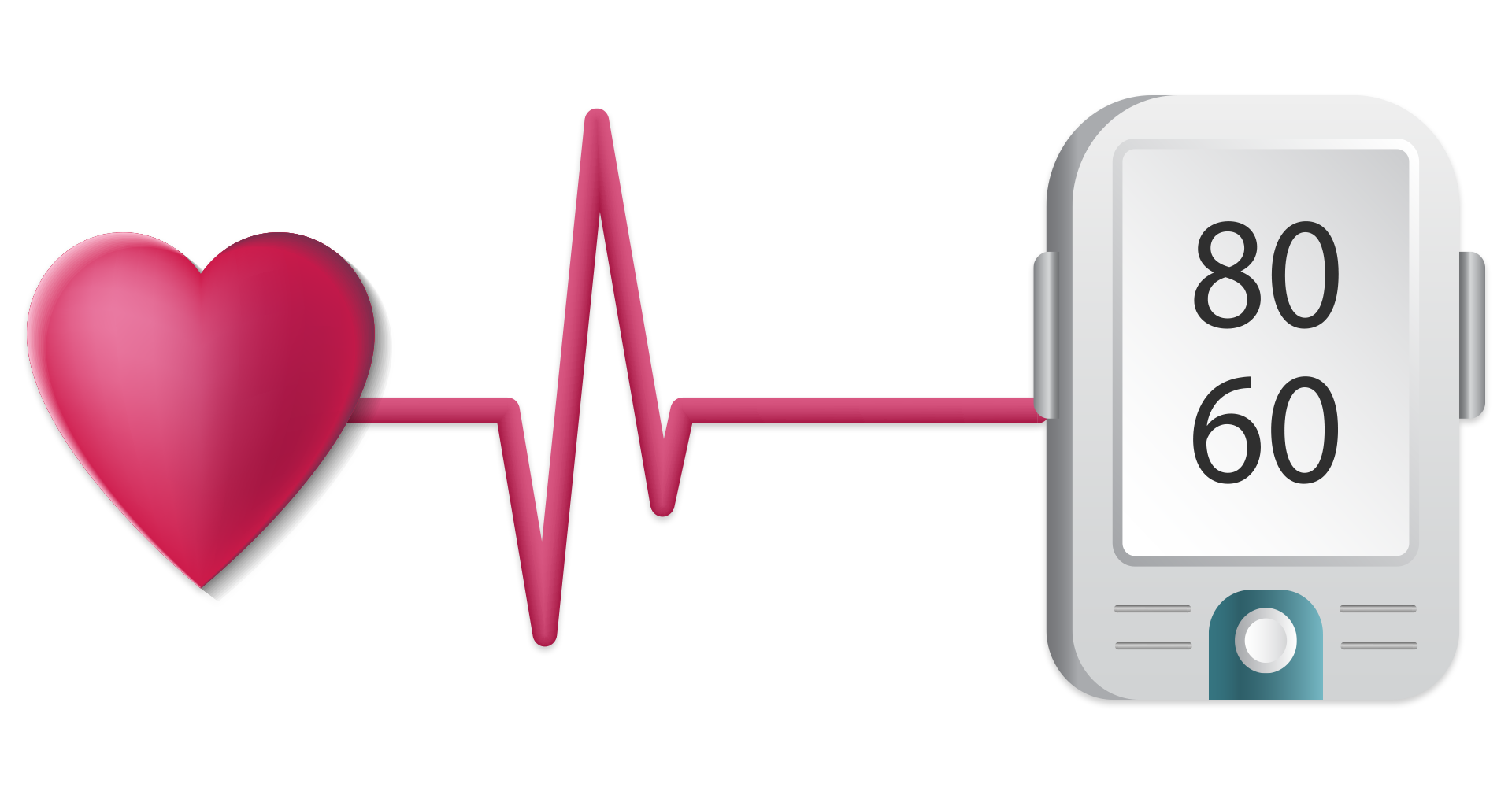Heart Rate Zone Calculator – Find Your Optimal Training Zones
Calculate your target heart rate zones for optimal training intensity using scientifically-proven methods
For more accurate zones, measure your resting HR first thing in the morning
What is a Heart Rate Zones Calculator?
A heart rate zones calculator is a powerful fitness tool that helps athletes and fitness enthusiasts determine their optimal training intensity levels based on their maximum heart rate. Our free heart rate calculator uses scientifically-proven methods like the Karvonen formula and percentage of maximum heart rate to provide personalized training zones for maximum workout effectiveness.
The calculator uses the standard formula of 220 minus your age to determine maximum heart rate, then calculates five distinct training zones that target different physiological adaptations and energy systems in your body.

How Does Our Heart Rate Calculator Work?
• More accurate calculation using resting heart rate
• Formula: Target HR = ((Max HR - Resting HR) × %Intensity) + Resting HR
• Accounts for individual fitness levels
• Preferred method for serious athletes
• Provides personalized training zones
• Uses direct percentage of maximum heart rate
• Formula: Max HR = 220 - Age
• Quick and easy for beginners
• Good baseline for general fitness
• Widely used in fitness industry
Understanding the 5 Heart Rate Training Zones
Purpose: Recovery and warm-up
Intensity: Very light activity
Benefits: Promotes blood flow and recovery
Activities: Walking, gentle yoga, light stretching
Duration: 20-60 minutes
Frequency: Daily or as needed
Purpose: Fat burning and aerobic base building
Intensity: Easy, comfortable pace
Benefits: Improves fat oxidation and aerobic capacity
Activities: Easy jogging, cycling, swimming
Duration: 30-90 minutes
Frequency: 3-5 times per week
Purpose: Endurance building and aerobic power
Intensity: Moderate effort, slightly challenging
Benefits: Develops cardiovascular endurance
Activities: Steady-state running, cycling, rowing
Duration: 20-60 minutes
Frequency: 2-3 times per week
Purpose: Lactate threshold and race pace training
Intensity: Hard effort, challenging but sustainable
Benefits: Improves lactate buffering and race performance
Activities: Tempo runs, time trials, intervals
Duration: 10-40 minutes
Frequency: 1-2 times per week
Purpose: Maximum aerobic power and anaerobic capacity
Intensity: Maximum effort, very challenging
Benefits: Develops maximum oxygen uptake and power
Activities: Sprint intervals, hill repeats, HIIT
Duration: 3-15 minutes (intervals)
Frequency: 1-2 times per week
Heart Rate Zone Examples
Age: 25 years
Max HR: 195 bpm
Resting HR: Not provided
Zone 1: 98-117 bpm
Zone 2: 117-137 bpm
Zone 3: 137-156 bpm
Zone 4: 156-176 bpm
Zone 5: 176-195 bpm
Age: 35 years
Max HR: 185 bpm
Resting HR: 50 bpm (Karvonen)
Zone 1: 118-131 bpm
Zone 2: 131-145 bpm
Zone 3: 145-158 bpm
Zone 4: 158-172 bpm
Zone 5: 172-185 bpm
Age: 45 years
Max HR: 175 bpm
Resting HR: 65 bpm (Karvonen)
Zone 1: 120-131 bpm
Zone 2: 131-142 bpm
Zone 3: 142-153 bpm
Zone 4: 153-164 bpm
Zone 5: 164-175 bpm
Benefits of Heart Rate Zone Training
- • Optimized Workouts: Target specific fitness adaptations
- • Prevent Overtraining: Avoid excessive intensity and burnout
- • Maximize Fat Burning: Train in optimal zones for weight loss
- • Improve Performance: Systematically develop energy systems
- • Track Progress: Monitor fitness improvements over time
- • Sports Performance: Athletes use zones for periodized training
- • Cardiac Rehabilitation: Medical professionals prescribe zones
- • Weight Management: Optimize fat burning through zone training
- • Endurance Sports: Marathon, cycling, triathlon training
- • HIIT Training: High-intensity interval optimization
How to Measure Your Resting Heart Rate
- • Morning Measurement: Take immediately upon waking
- • Consistent Position: Measure lying down or sitting
- • Multiple Days: Average 3-5 consecutive days
- • Avoid Stimulants: No caffeine before measurement
- • Proper Technique: Find pulse on wrist or neck
- • Manual Pulse: Count beats for 15 seconds, multiply by 4
- • Heart Rate Monitor: Chest strap or wrist-based device
- • Smartphone Apps: Many apps can measure heart rate
- • Fitness Trackers: Continuous monitoring throughout day
- • Blood Pressure Cuffs: Often include heart rate measurement
Training Zone Applications by Sport
- • Zone 1: Recovery runs and cool-downs
- • Zone 2: Easy long runs, base building
- • Zone 3: Tempo runs, marathon pace
- • Zone 4: Threshold intervals, 5K-10K pace
- • Zone 5: VO2 max intervals, 1500m pace
- • Zone 1: Recovery rides, active rest
- • Zone 2: Long endurance rides, fat burning
- • Zone 3: Steady-state training, sportive pace
- • Zone 4: Time trial pace, threshold power
- • Zone 5: Sprint intervals, hill climbs
- • Zone 1: Easy warm-up and cool-down
- • Zone 2: Distance swimming, technique focus
- • Zone 3: Aerobic sets, middle-distance training
- • Zone 4: Threshold sets, race pace training
- • Zone 5: Sprint sets, anaerobic power
Frequently Asked Questions
The calculator provides scientifically-based estimates using proven formulas. The Karvonen method with resting heart rate is more accurate than simple percentage methods. For precise training, consider lab testing for actual lactate threshold and VO2 max values.
While zone training is valuable, it's not mandatory for every workout. Many successful athletes use a combination of zone training and intuitive training based on how they feel. Zones provide structure and guidance, especially for specific training goals.
Recalculate zones when your resting heart rate changes significantly (usually indicates fitness improvements), after major training breaks, or every 3-6 months. As fitness improves, your zones may need adjustment for optimal training.
Yes, Zone 2 (60-70% max HR) is often called the "fat-burning zone" because it primarily uses fat for fuel. However, total calorie burn and creating a caloric deficit are more important for weight loss than staying in specific zones.
Related Health & Fitness Calculators
Calculate your Body Mass Index to assess weight status
Calculate BMICalculate your Basal Metabolic Rate for daily calorie needs
Calculate BMREstimate body fat percentage using body measurements
Calculate Body FatThis heart rate zones calculator provides general fitness guidance and should not replace professional medical advice. Consult qualified healthcare providers before beginning any exercise program, especially if you have cardiac conditions, take medications that affect heart rate, or have other health concerns.
